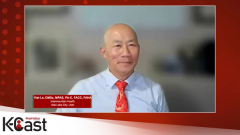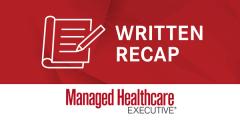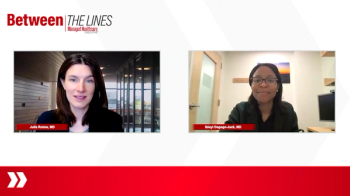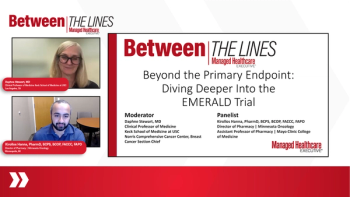
Underutilization of Combination Therapy in Hyperlipidemia Management
An expert discusses how underutilization of combination lipid-lowering therapies stems from overly complex guidelines, primary care providers managing multiple chronic diseases simultaneously, cost and insurance coverage concerns, unfamiliarity with newer medications, and systemic health care barriers. He notes that these issues are particularly problematic when 50% of patients who experienced a heart attack are not even receiving foundational statin therapy 6 months post event.
Episodes in this series

Underutilization of Combination Therapy in Hyperlipidemia
Clinical Problem and Systemic Barriers
Despite established evidence supporting combination lipid-lowering therapy, significant therapeutic inertia exists across health care settings, preventing optimal LDL cholesterol reduction in high-risk patients. Current guidelines, while comprehensive and evidence-based, have become overly complex for practical implementation, lacking simplified decision-making tools that facilitate rapid clinical application. Primary care providers face the additional challenge of managing 3 to 10 different chronic conditions simultaneously, each with distinct guidelines totaling potentially thousands of pages of recommendations with varying and sometimes conflicting approaches. This complexity creates decision-making paralysis, particularly when managing patients with multiple comorbidities requiring integrated care coordination beyond cholesterol management alone.
Health Care System and Economic Challenges
Financial barriers significantly impede optimal therapy utilization, as most nonstatin therapies remain under patent protection without generic alternatives, creating substantial cost concerns for both patients and health care systems. The fragmented U.S. healthcare payment structure, with multiple payers, varying coverage policies, and complex prior authorization requirements, creates administrative burdens that discourage clinicians from prescribing newer therapies. Prior authorization processes, appeals procedures, and peer-to-peer reviews consume valuable clinical time, creating workflow disruptions that ultimately delay or prevent appropriate treatment initiation. These administrative challenges are compounded by inadequate training in health care economics and insurance navigation during medical education, leaving providers ill-equipped to efficiently manage these systems on behalf of their patients.
Treatment Gaps and Quality Improvement Opportunities
The magnitude of treatment gaps is exemplified by data showing 50% of post-myocardial infarction patients remain inadequately treated with basic statin therapy at six months, highlighting fundamental failures in secondary prevention implementation before considering advanced combination therapies. Provider inexperience with newer medications creates additional hesitation, as unfamiliarity breeds concerns about appropriate dosing, potential side effects, and clinical responsibility in high-stakes cardiovascular care. Healthcare systems require comprehensive care process models that support both clinicians and patients through streamlined protocols, educational resources, and administrative assistance to overcome these barriers. Successful implementation necessitates systematic approaches that simplify complex guidelines into actionable clinical tools while addressing the economic and administrative obstacles that currently prevent evidence-based care delivery in real-world practice settings.
Newsletter
Get the latest industry news, event updates, and more from Managed healthcare Executive.





















































